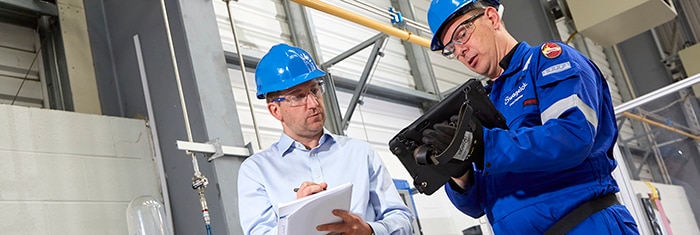Control Costs and Improve Safety in Gas Delivery Systems
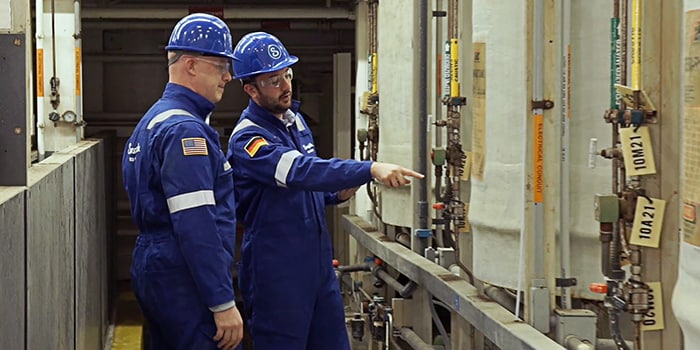
How to Control Costs and Improve Safety in Your Gas Distribution Systems
Jeff DeWitt, Applications Engineer, Gas Distribution Systems Engineer
Many laboratories, test centers, and industrial sites rely on the safe and continuous supply of primary and specialty gases to support critical processes. The gas distribution systems that deliver these gases are important—but too often, they go overlooked and underappreciated.
Why? Gas distribution systems are commonly viewed as a utility. Like a plant’s electrical power grid, it can be taken for granted that a distribution system will always work as intended. Because they span entire facilities, no single department takes sole ownership for system optimization. For plant managers, other urgent operational matters typically take priority.
Gas distribution systems are critical, and they represent a prime opportunity to enhance safety and control costs throughout your industrial facility.
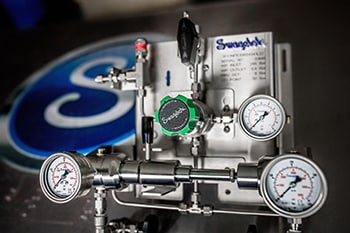
What is a Gas Distribution System?
A gas distribution system is the network of tubes, pipes, and other components that transport pressurized gas from the source to a desired point of use. Typically, they …
- Provide an access point to a gas supply system
- Reduce the source pressure to a lower constant
- Enable an uninterrupted supply of gases
- May handle reactive, toxic, corrosive, or high-purity gases
What’s at Stake?
Serious risks can result from an improperly functioning gas distribution system.
Gas distribution systems often handle contents at high pressures and temperatures. Gases escaping from the system can cause burns or other injury to nearby workers, even if the gas is inherently non-hazardous. Overpressurization can also damage sensitive downstream equipment, leading to costly repair and replacement. And in cases where gas distribution systems carry hazardous, toxic, or flammable gases, any overlooked leak can pose a more serious risk to workers and equipment.
Did You Know?
According to the U.S. National Safety Council, the total cost of work injuries in 2020 was $163.9 billion.
Even seemingly harmless gas leaks can cause issues for plant operators. Minor gas escapement can go unnoticed for lengthy periods of time, and the costs of such losses can add up. Unidentified leaks of a gas like nitrogen—typically $0.01 per standard cubic foot (scf)—can result in tens of thousands of U.S. dollars in losses annually. Costs associated with leaks of more expensive gases—like helium, which costs $1 per scf—can add up much more quickly.
Gas Distribution Subsystems Explained
Operating a safe, efficient gas distribution system starts with proper system composition.
A primary function of gas distribution systems is reducing pressure from a supply source and delivering it at a stable pressure to a point of use with minimal interruption. This can be achieved reliably by building gas distribution systems with four key subsystems: a source inlet connection, primary gas pressure control, automatic changeover, and point-of-use.
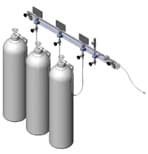
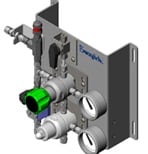
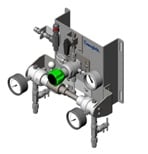
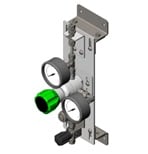
Designing and Assembling Gas Distribution Systems
Proper component selection, sound design and assembly, and ongoing maintenance are essential for long-term gas distribution system reliability.
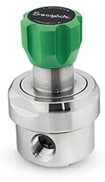 Component Selection
Component Selection
Improper component selection is a common cause of unsafe or costly gas systems. Given that there are a wide range of general industrial fittings, valves, regulators and other components available on the market, it can be difficult to feel confident that you are making ideal selections.
For example, choosing the right pressure regulator depends on a few key characteristics. The right regulator will:
- Be able to handle the pressures of your system
- Provide the right flow capacity (Cv) to meet your needs at the point of use
- Be made of compatible materials that won’t corrode or otherwise degrade over the course of regular use (which is true of all components in the system)
System Design
Thoughtful system design is also critical to ensure that all components work together to deliver optimal system efficiency and safety. Ideally, your subsystems should have minimal threaded connections to reduce potential leak points. They should also be designed for intuitive operation and maintenance. Gas panels that feature clearly marked operational components can simplify use and reduce the potential for user error.
Beyond individual subsystems, total system design should account for the intended purpose and function of your gas distribution needs. This is true during the construction of new systems or modifying existing ones. Making consistent, considered choices when it comes to tube routing, component selection, and more can contribute to a safer and more efficient system.
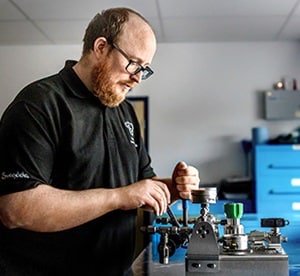 Assembly and Installation
Assembly and Installation
Errors during system assembly and installation that can lead to undesired safety consequences. Improper assembly paired with inadequate testing prior to pressurization can threaten not only the long-term performance of the system, but the safety of operators and bystanders. Lack of fluid system-related training is a key cause of assembly and installation issues. Once installation is complete, it is important that operators also be properly trained to use and maintain the systems.
WATCH: Learn how a gas distribution evaluation can help you improve operations
Maintenance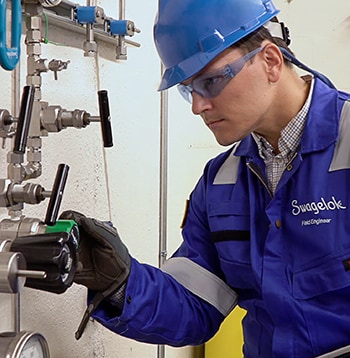
Gas panels that are easier to maintain can help reduce maintenance considerably. Panels designed with primary components like regulators on the front, rather than in the rear, can make them easier to access when filter changes or other maintenance tasks are required.
Simplified access to regulators can result in:
30 minutes–2 hours of time savings, depending on conditions
Thousands of dollars in savings at each maintenance interval
If you need help designing, building, and assembling new gas systems or evaluating issues with existing systems, fluid system specialists with pressure control expertise can help. Choosing pre-engineered, fully tested, standardized subsystems available as single part numbers can also minimize the time your engineers have to spend learning about, specifying, and procuring new systems. Suppliers may also be able to add features or make modifications as needed to suit your requirements.
A third-party evaluation may help identify larger system upgrade opportunities, inform regulator sizing and selection, and guide the design and assembly of engineered solutions. A consultant who is familiar with specific gas delivery challenges can also offer suggestions for how existing systems can be modified to meet new requirements.
Though it is commonly overlooked, gas delivery is a critical part of your facility’s safe, efficient, and economical operation. Your gas distribution system is worthy of a closer look.
Related Articles
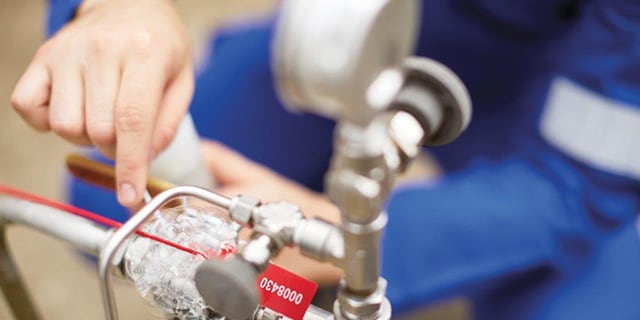
Identifying Cost Savings in Utility Gas Systems
See how Swagelok Texas Mid-Coast provided on-site analyses of a major petrochemical producer’s aging utility gas system and uncovered savings of more than $2 million annually.
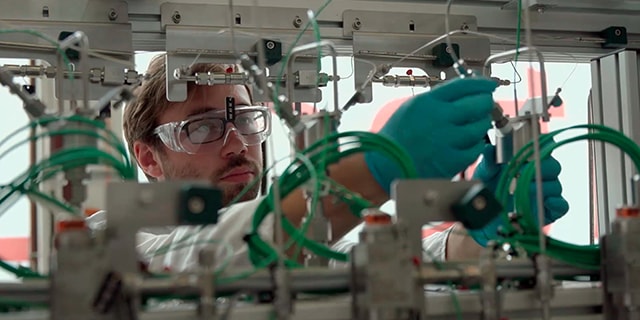
Tackling Practical Performance Issues in Fluid and Sampling Systems
Learn practical tips on how to improve the performance and accuracy of your fluid and sampling systems from Swagelok.
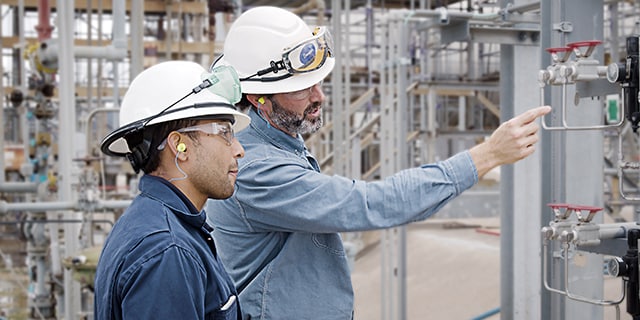
How to Improve Fluid System Performance
When fluid systems fail to perform safely and efficiently, plant productivity suffers. Swagelok can relieve the pressure of maintaining good system performance by providing expert guidance and helping to create a culture of continuous improvement.


